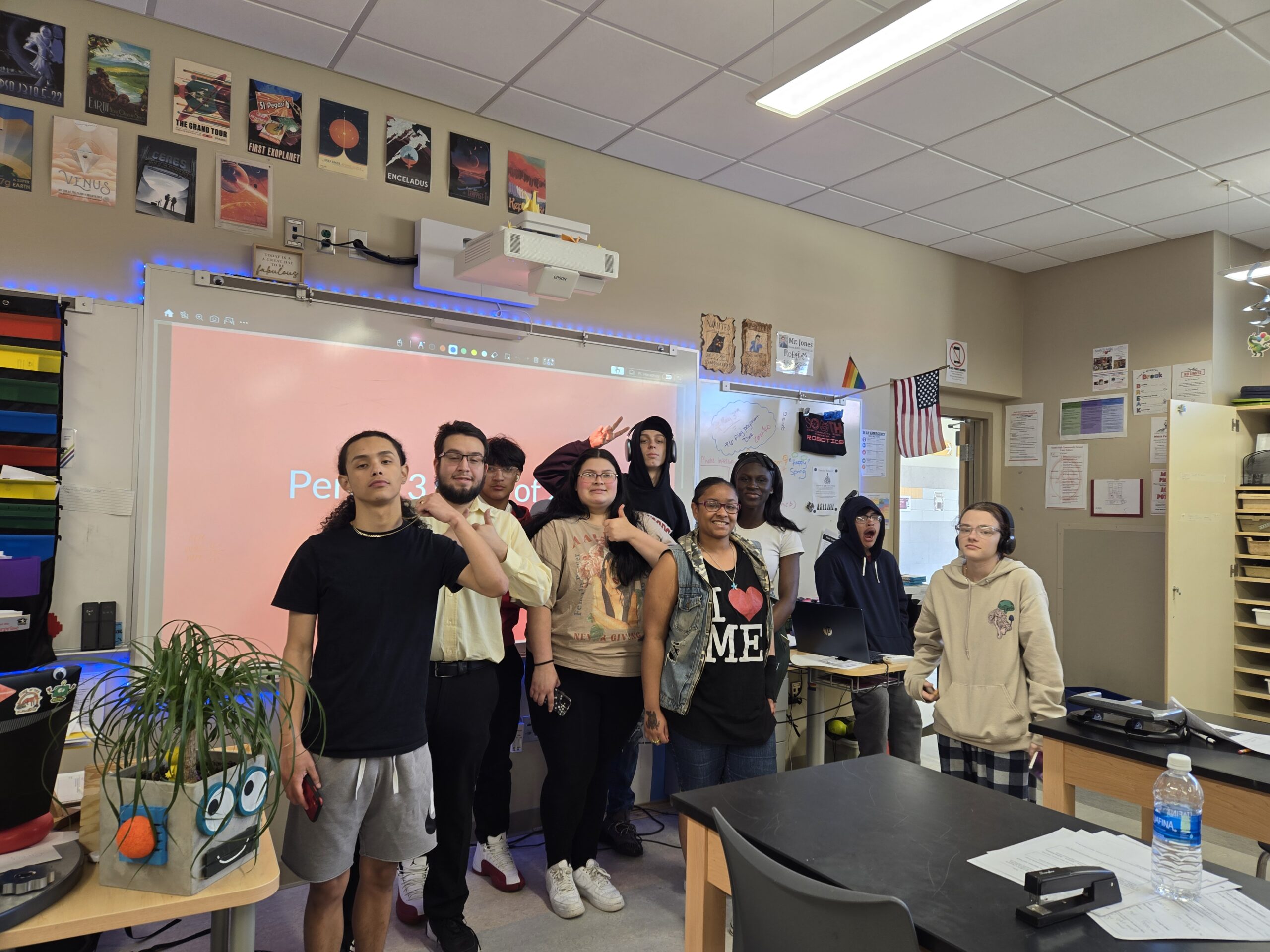The journey to expanding and understanding teaching different kinds of students:
Experimentation with Modern Classroom
Starting out my teaching career, I took over my mentor’s classroom where he had been experimenting with the Modern Classroom style of teaching for the first time. The fundamental concept of it is that it is a self-paced classroom style that replaces classroom lectures with teacher created videos. I gave it an attempt for approximately three months before returning to a more traditional style of teaching. There were certain pros to it as it gave the students a chance to focus on the most fundamental lessons of the unit with a system where the lessons were ranked in order of priority. However, I moved away from it as the room would often fall into silence as each student conducted their work individually and I felt a bit stifled in creating lessons as I often ran into the problem of, “how to create group-based activities when students finish at vastly different points?” With the teacher self-created videos, it led to a situation where students would just skip through the entire video to write down the notes without actually watching the video, which is not actual learning. On top of this, I was still overcoming the challenges that comes with being a brand-new student teacher, learning how to lesson plan, manage a classroom, and more, that I realized I could not effectively create a Modern Classroom style of teaching. Ultimately, during my unit on momentum, I transitioned away from Modern Classroom.
Teaching Period 3, college preparatory level (Start date- 10/30/2023)
Starting out my student teaching journey, I took over period 3 the day before Halloween and this was the smallest of all three classes with a total of 18 officially registered students, and a high percentage of them being on IEPs. This specific class had many students who were facing struggles beyond the classroom, struggles related to homelessness, prison, poverty, and more that lead to frequent absences for some, or unable to be an active member of the class. For these students, I was more focus on their wellbeing since as Zaretta Hammond states in her book,
With time, the classroom settled, that as of right now, I have a total of 16 students, where 9 of them are on IEPs, and another that is a low-level Spanish speaking student. Due to the high ratio of students on IEP, finding ways to build in the accommodations, chunk and scaffolding into the lesson itself so it was accessible to all was a skill I had to build. Thankfully, I had the help of the Special Education teacher, Dawn Dwyer to help me in my growth. One of my students is also a STEP student due to certain behaviors but that is likely changing soon (it’s great news for him!). As the year went on, students transferred in and out. Of the ones that transferred in, three of them were 10th grade students that by the end of the year, I had a classroom composed of 10th to 12th graders, who I had to teach physics to. It is the unique class make-up and learning community.
This class was also the ones who I explored Modern Classroom with the most, but paired with a small class size, it ended up as a weakness as those interpersonal relationships between students couldn’t be properly formed. It got to the point where I got excited by side conservations because at least it meant there was peer to peer relationships being formed. As I moved away from modern classroom however, I started seeing more of the classroom relationships being formed and I got more creative in my lesson planning activities which had a focus of collaborative work. The classroom composition also became unique with time as what started out as purely juniors and seniors, I now have 3 sophomores, 10 juniors, and 3 seniors who intermingle together in collaborative works. It was thanks to these students that I began learning how to be a teacher, in terms of lesson planning, leading the class, and the personality that I bring.
Second class: Period 6, college preparatory level (Start date- 12/11/2023)
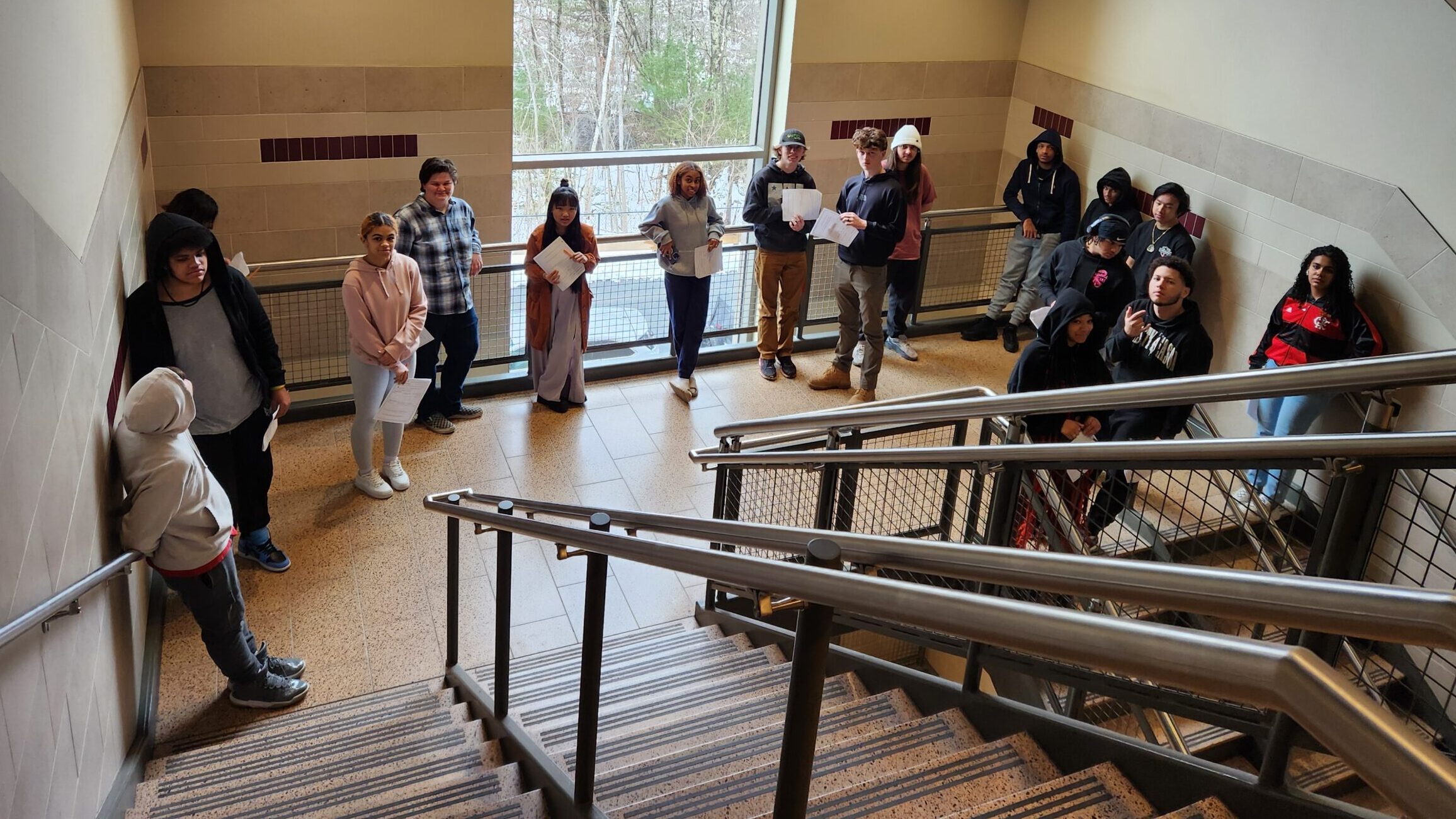
As a class of 26 students, where many of them were good friends with another, they were a significant shift from my period 3 class as they were a class where I needed to better build my classroom management skills. They are also a class where I am proud of the way it naturally evolved without needing immediate interventions. At the start of the year, students struggled to remain in their seats, or pay attention, to the point where the thought of making assigned seating was something that was discussed. As I did my takeover of the classroom, I started noticing improvement that I decided to experiment, “what if I allowed the classroom to naturally evolve?” and because of that, small pockets of collaborative group work, self-seating adjustments, and more where I do not have the argument of needing to keep students in their seats, or them constantly talking over me while teaching, and more.
Even though there were some difficulties related to classroom managements, it lends to a classroom community that did collaborative work on its own, walking around, you’d hear the buzz of students solving problems together or just side conversations which could just be redirected into collaborative work. To some ways, I was able to embrace the chaos to foster a sense of classroom community instead of stifling it to maintain a silent classroom. There were still many students here that were on IEPs, at one point, I did have 11 out of 25 students with an IEP, leading to a situation where almost 50% of all my students that I was teachings were on some sort of IEP. During my transition away from Modern Classroom, I needed to learn the different ways in supporting these students, but I have to thank the Special Ed teacher, Christine Mooshian as she would use her understanding of her students to read the room and provide clarifying questions when she thought it was needed. Thanks to the large class size and already pre-built classroom community, it helped in building my own confidence for collaborative group work during my transition away from Modern Classroom.
Third class: Period 1, Honors level (Start date- 2/12/2024)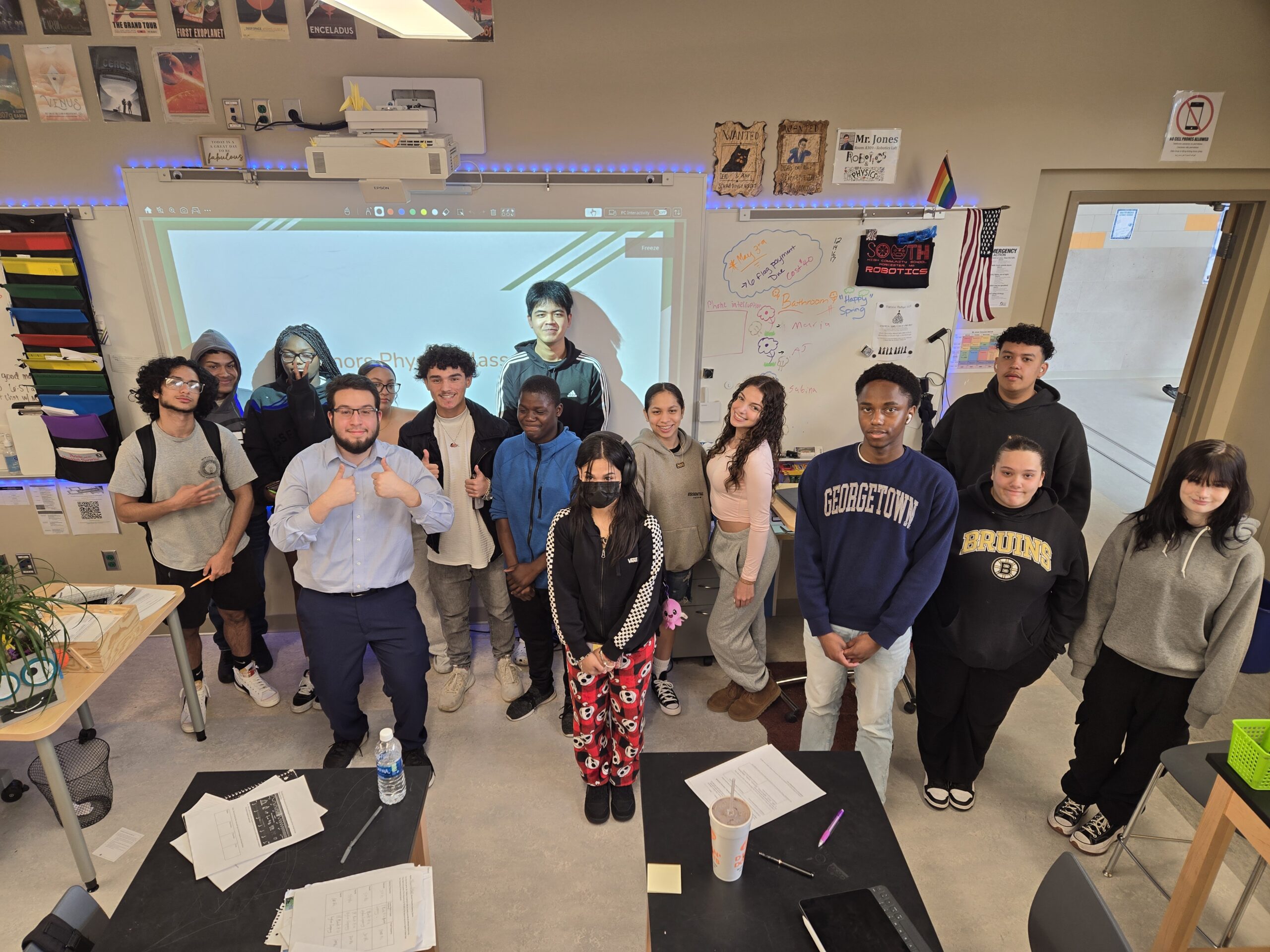
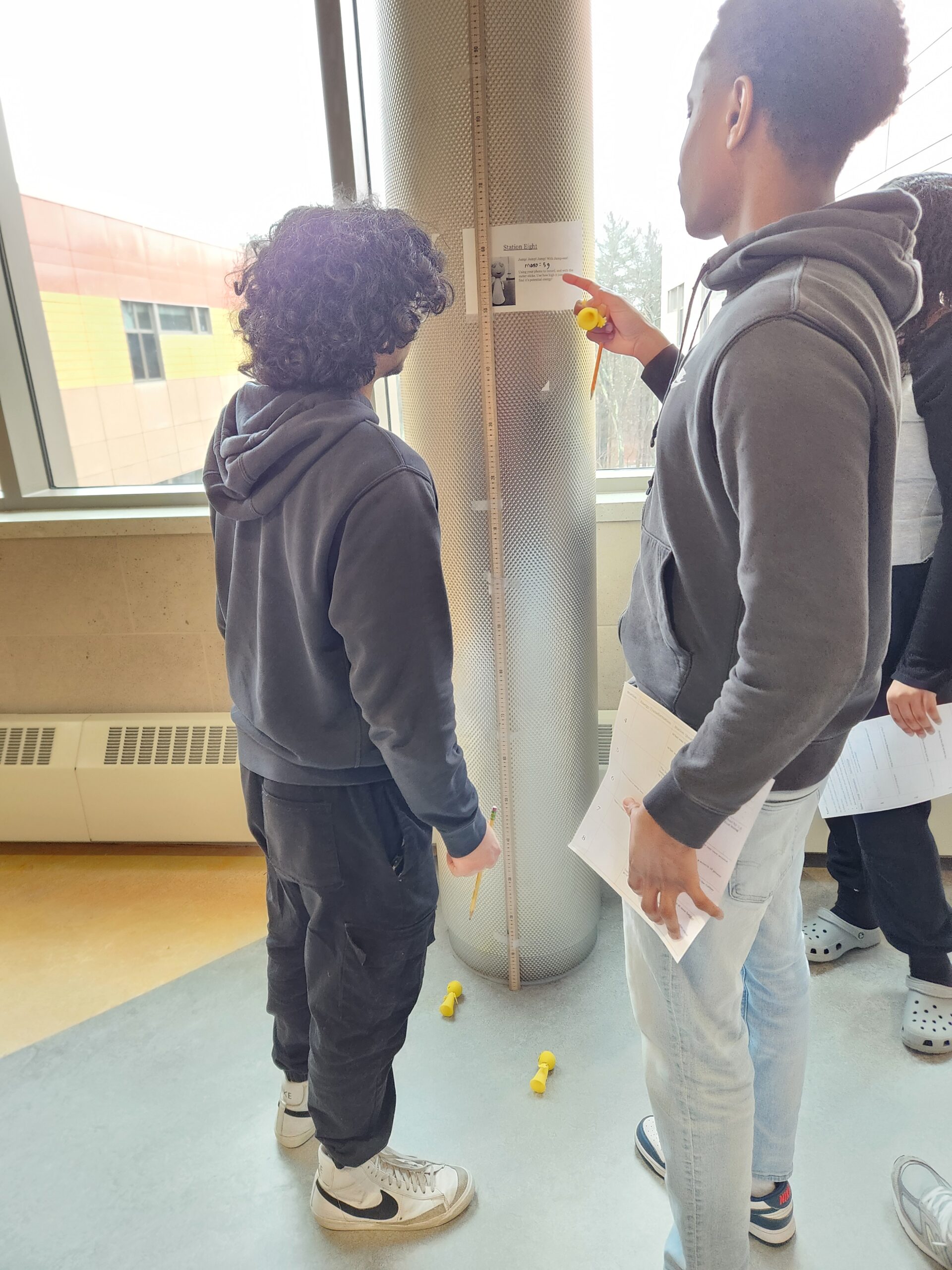
My final class before my full take over was period 1, an honors-level with no student on any official IEP documents. but I do have students who can benefit for accommodations such as one who has dyslexia as an example. Though, in teaching them, it was its own new set of teaching methods in which I had to learn as the
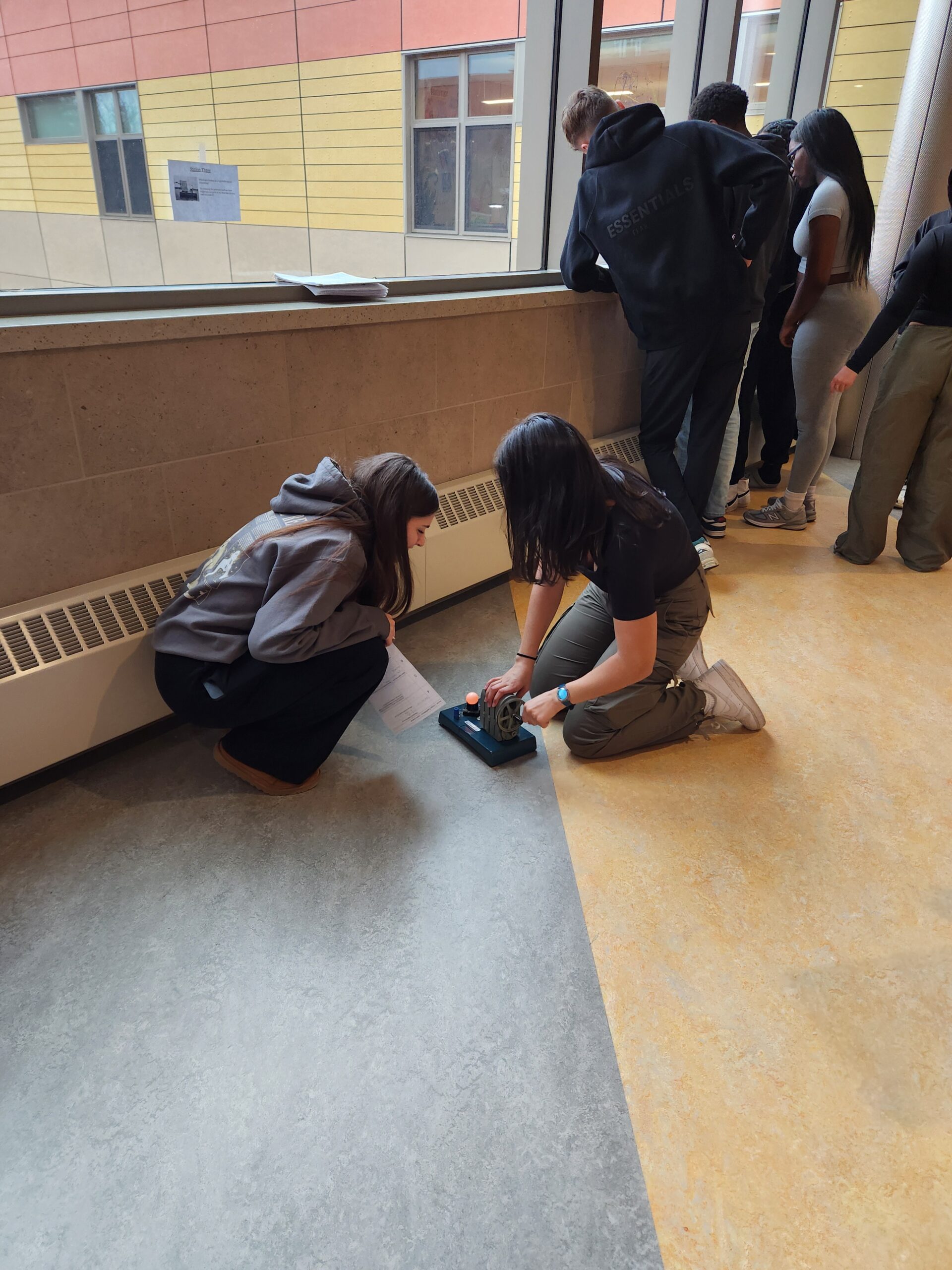
classroom structure was similar, yet vastly different than the college level classes due to some of the methods that scaffolding was provided, was not there for them as well. However, I had another benefit with them, and it was that I could push these students more in different ways than I could with my college level classes, as there would be more students who are taking honors level math class, or AP level classes. That being said, there was no reason for not sharing some of the same activities with my other classes which lead to my teaching to evolve in some ways as I now had the experience of how to adjust and accommodate a wide range of students with and without IEP. One of my favorite lessons I’ve done was a stations lesson, where students discovered different ways of energy transfer through different situations such as a hand crank, a plant, toy car, and more. I had used the hallway for this lessons which further led into me using the hallway for future lessons as well. Thanks to these students’ flexibility, it allowed me to further experiment and find new ways of doing my lessons.
Full Responsibilities (Start date- 4/22/2024)
It has been a ride so far as the biggest challenge relates to the fact that I took over two classes from the other physics teacher, Emira Senko. On top of the usual difficulties of lesson planning, I also needed to bounce back and forth between rooms, back-to-back on some days. I took over her period 5 honors class, and her period 7 college class. These two classes do lie on completely different ends of the spectrum in terms of engaged learners versus reluctant learners. However, I have also gotten to be in a different environment, even a different room which has helped me find my teacher voice, and more. Also, getting that additional support from Mrs. Senko which has been invaluable for my growth and allowed me to better deepen those collaborative bonds that South High is built upon.

